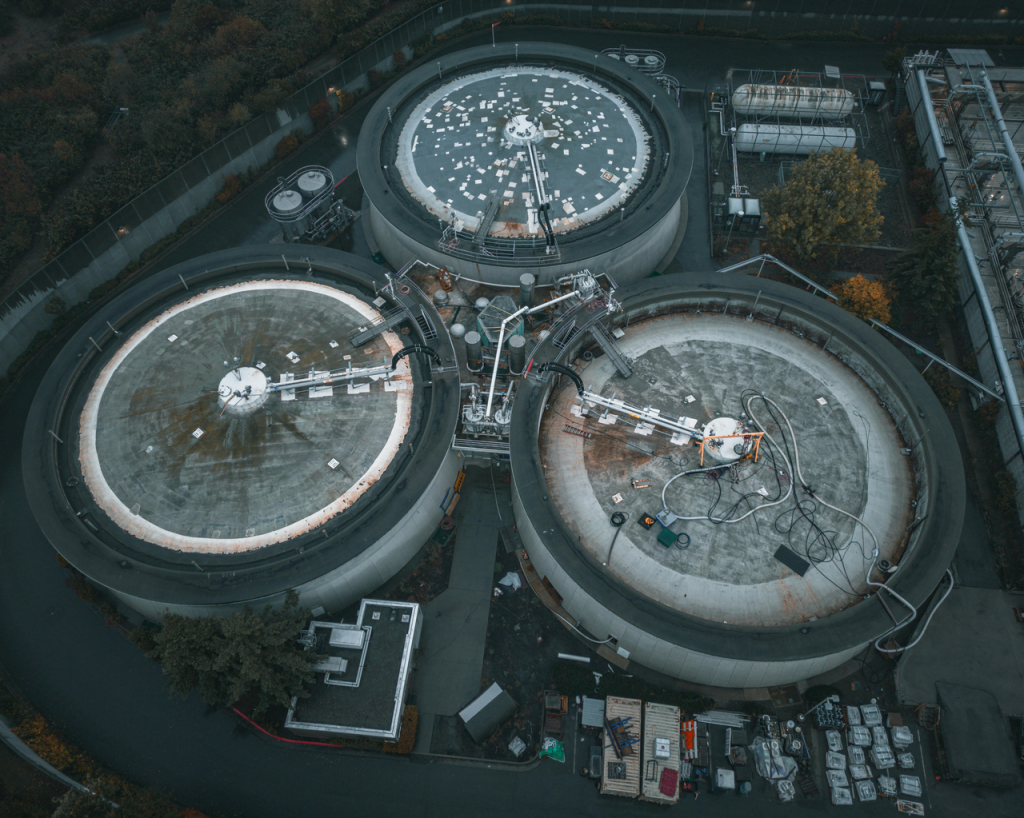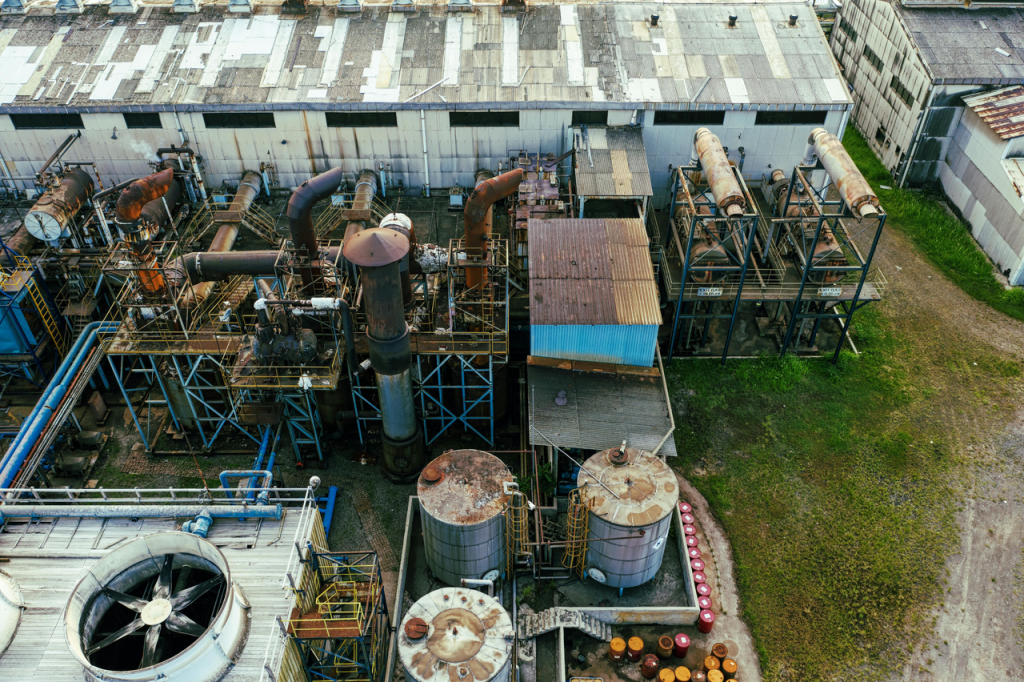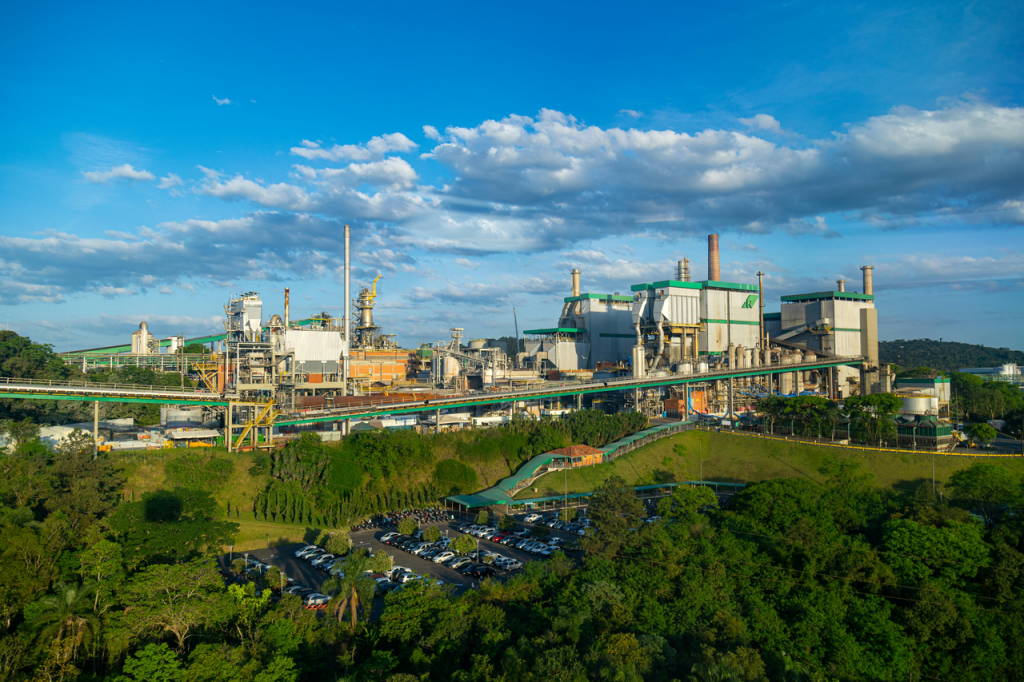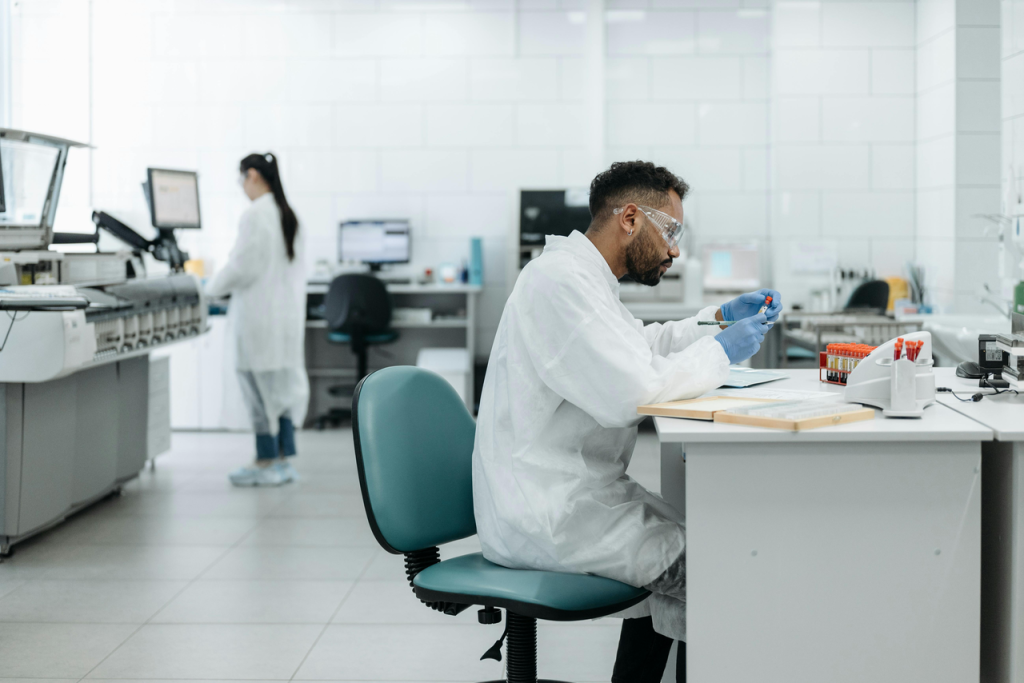In the modern industrial landscape, gases like oxygen and nitrogen play a pivotal role in driving efficiency, innovation, and sustainability. From manufacturing and healthcare to food processing and energy production, these gases are indispensable. Oxygen and nitrogen plants are at the heart of this ecosystem, ensuring a reliable and cost-effective supply of these critical resources. Organizations like Ambani Group are leading the way in designing, installing, and maintaining these plants, enabling industries to meet their operational demands with precision and reliability. This article explores the importance of oxygen and nitrogen plants, their industrial applications, and how Ambani Group is revolutionizing this space.
The Role of Oxygen and Nitrogen in Industrial Processes
Oxygen and nitrogen are among the most widely used industrial gases, each serving unique and critical functions:
- Oxygen: The Lifeblood of Industry
Oxygen is essential for combustion, oxidation, and respiration processes. Its applications span multiple industries, including:
- Metallurgy: Oxygen is used in steelmaking and metal cutting to enhance combustion and improve efficiency.
- For instance, medical-grade oxygen is vital for patient care, especially in critical care units and during surgeries. Moreover, these plants are particularly valuable for industries requiring a consistent and reliable gas supply.
- Chemical Industry: Oxygen is a key reactant in the production of chemicals like ethylene oxide and methanol.
- Environmental Applications: Oxygen is used in wastewater treatment to support aerobic digestion and reduce pollutants.
- Nitrogen: The Inert Workhorse
Nitrogen, an inert gas, is valued for its ability to create oxygen-free environments, prevent oxidation, and maintain product integrity. Its applications include:
- Food Packaging: Nitrogen is used to preserve freshness and extend the shelf life of packaged foods.
- Electronics Manufacturing: Nitrogen creates inert atmospheres for soldering and semiconductor production.
- Oil and Gas: Nitrogen is used for well stimulation, pipeline purging, and enhanced oil recovery.
- Pharmaceuticals: Nitrogen ensures the stability and safety of sensitive drugs and vaccines.
The Importance of Oxygen and Nitrogen Plants
Oxygen and nitrogen plants are essential facilities that produce these gases on-site, offering significant advantages over traditional supply methods like cylinders or liquid tanks. These plants are particularly valuable for industries requiring a consistent and reliable gas supply.
Cost Efficiency
On-site gas generation eliminates the need for frequent cylinder deliveries, reducing transportation and handling costs. Additionally, it minimizes gas losses associated with storage, leading to substantial savings.
Example: A steel manufacturing plant cut its oxygen costs by 30% after installing an on-site oxygen plant (Industrial Gas Journal, 2022).
Key Benefits:
- Reduced operational costs: No recurring expenses for cylinder rentals or deliveries.
- Improved efficiency: Continuous supply ensures uninterrupted production.
- Sustainability: Lower carbon footprint due to reduced transportation. Furthermore, this reliability is especially vital in sectors like healthcare, manufacturing, and food processing, where any disruption can lead to significant operational challenges.
Impact: On-site oxygen and nitrogen plants deliver significant cost savings, operational reliability, and environmental benefits, making them indispensable for industries like manufacturing, healthcare, and food processing.
By investing in on-site gas generation, businesses can optimize efficiency, reduce costs, and enhance sustainability.

Reliability and Continuous Supply: The Role of Oxygen and Nitrogen Plants
Oxygen and nitrogen plants provide a continuous and uninterrupted supply of gases, which is crucial for industries with high demand and strict quality standards. This reliability is especially vital in sectors like healthcare, manufacturing, and food processing, where any disruption can lead to significant operational challenges.
For example, during the COVID-19 pandemic, hospitals with on-site oxygen plants successfully met the surge in demand without disruptions, ensuring critical patient care (World Health Organization, 2021).
Key Benefits:
- Uninterrupted supply: Eliminates dependency on external suppliers and delivery schedules.
- Consistent quality: On-site production ensures gases meet precise purity and safety standards.
- Crisis readiness: The ability to handle sudden spikes in demand, such as during emergencies or peak production periods. As a result, on-site oxygen plants provide a continuous supply of medical-grade oxygen, even during emergencies.
Impact: On-site oxygen and nitrogen plants enhance operational reliability, reduce downtime, and ensure industries can maintain productivity even during high-demand scenarios. In addition, they are also scalable, allowing businesses to expand their gas production capacity as needed.
By investing in on-site gas generation, businesses can achieve greater resilience, operational efficiency, and preparedness for unforeseen challenges.

5. Customization and Scalability
Oxygen and nitrogen plants can be customized to meet the specific needs of different industries, from small-scale operations to large industrial complexes. They are also scalable, allowing businesses to expand their gas production capacity as needed.
- Example: A food processing company installed a modular nitrogen plant that could be expanded as its production capacity grew (Food Engineering Magazine, 2021).
- Impact: Flexibility to adapt to changing business needs.

- Sustainability and Environmental Benefits
On-site gas generation reduces the carbon footprint associated with transporting and storing gases. Moreover, it minimizes waste and improves energy efficiency.
- Example: A chemical plant reduced its carbon emissions by 20% after switching to an on-site oxygen plant powered by renewable energy (Environmental Science & Technology, 2022).
- Impact: Alignment with sustainability goals and reduced environmental impact.

Ambani Group’s Expertise in Oxygen and Nitrogen Plants
Ambani Group has established itself as a leader in the design, installation, and maintenance of oxygen and nitrogen plants. The group’s solutions are tailored to meet the unique needs of various industries, ensuring efficiency, reliability, and sustainability. Here’s how Ambani Group is making a difference:
- Advanced Technology and Innovation
For instance, Ambani Group leverages cutting-edge technologies, such as Pressure Swing Adsorption (PSA) and Cryogenic Distillation, to produce high-purity oxygen and nitrogen. These technologies ensure optimal performance and energy efficiency.
- Impact: Enhanced product quality and operational efficiency.

- Customized Solutions
Similarly, Ambani Group designs customized gas plants to meet the specific needs of its clients, whether it’s a small-scale food processing unit or a large steel manufacturing facility.
- Impact: Tailored solutions that meet unique operational demands.

- Comprehensive Support and Maintenance
Ambani Group provides end-to-end support, from installation and commissioning to maintenance and troubleshooting. This ensures the long-term reliability and performance of its gas plants.
- Impact: Improved operational efficiency and reduced maintenance costs.
Emerging Trends in Oxygen and Nitrogen Plant Technology
The future of oxygen and nitrogen plants is being shaped by several key trends:
- Smart Monitoring and IoT Integration
The integration of Internet of Things (IoT) technology enables real-time monitoring and predictive maintenance of gas plants, reducing downtime and improving efficiency.
- Example: IoT-enabled oxygen plants can detect and address potential issues before they lead to equipment failure (Industrial IoT Journal, 2023).
- Impact: Enhanced operational efficiency and reduced maintenance costs.
- Energy-Efficient Designs
Advancements in plant design are focusing on reducing energy consumption and improving sustainability.
- Example: New cryogenic distillation plants consume 15% less energy than traditional models (Energy Efficiency Journal, 2022).
- Impact: Lower operational costs and reduced environmental impact.
- Modular and Portable Plants
Modular and portable gas plants are gaining popularity for their flexibility and ease of installation.
- Example: Portable nitrogen plants are being used in remote oil and gas exploration sites to meet on-demand gas requirements (Oil & Gas Journal, 2023).
- Impact: Increased flexibility and reduced infrastructure costs.
Conclusion
Oxygen and nitrogen plants are indispensable for modern industrial applications, offering cost efficiency, reliability, and sustainability. Organizations like Ambani Group are driving innovation in this space, providing customized solutions that meet the unique needs of various industries. As technology continues to evolve, the future of gas plants looks promising, with advancements in IoT, energy efficiency, and modular designs paving the way for a more sustainable and efficient industrial ecosystem.
By investing in oxygen and nitrogen plants, industries can ensure a reliable supply of these critical gases, enhance operational efficiency, and contribute to a greener future.
References and Citations
- Industrial Gas Journal. (2022). Cost Efficiency of On-Site Oxygen Plants.
https://www.industrialgasjournal.com/cost-efficiency-of-on-site-oxygen-plants/ - World Health Organization (WHO). (2021). Oxygen Supply During the COVID-19 Pandemic.
https://www.who.int/publications/i/item/WHO-2019-nCoV-Oxygen_supply-2021.1 - Food Engineering Magazine. (2021). Modular Nitrogen Plants for Food Processing.
https://www.foodengineeringmag.com/articles/99728-modular-nitrogen-plants-for-food-processing - Environmental Science & Technology. (2022). Sustainability in Gas Production.
https://pubs.acs.org/doi/10.1021/acs.est.2c01234